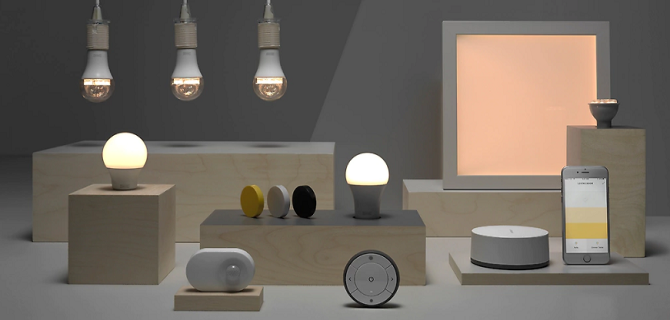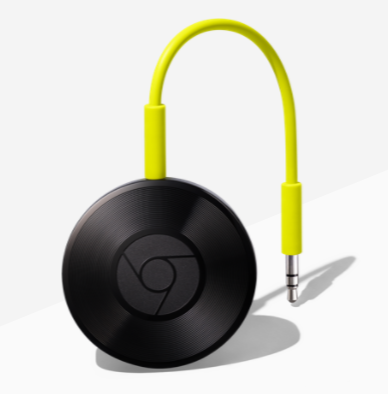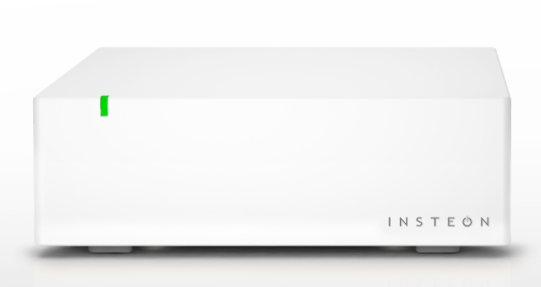If you're new to the world of smart homes, it's easy to be fooled into thinking they cost a small fortune to set up and maintain. In truth, a lot of manufacturers are promoting over-priced products that are woefully short on functionality.
Sure, the best devices from the premium brands are expensive. But here's a dirty little secret: you probably don't need them. If you're a smart shopper, it's easy to get up and running for a fraction of the cost while still enjoying broadly similar features.
If you're trying to set up a smart home on a budget, keep reading. Here are 10 cheap alternatives to popular smart home brands.
Smart Lighting
The market leader in this sector is unquestionably Philips Hue. But in many ways, it's very overpriced. In an analysis elsewhere on the site, we established it would probably take you at least a decade to break even if you kitted out your entire home.
Luckily, there are lots of cheaper alternatives. We've covered them in another article, but here's a quick recap:
1. GE C-Life
General Electric's C-Life range is woefully under-appreciated. They have many of the same features as Philips Hue. For example, you can put them into groups and control entire rooms at the same time, they dim automatically, and they offer voice control through the C-Reach smart bridge.
Best of all, they're cheap. A single 9.5-watt bulb only costs about $15, while an equivalent Hue bulb is around $25.
2. Ikea Tradfri
You didn't even know Ikea made smart lights, did you? It shouldn't come as any surprise -- the Swedish retail giant has its fingers in lots of pies.
The Tradfri series of products is a no-frills approach to smart lights. Sure, all the usual features like offsite control and scheduling are present, but it lacks some advanced features like Alexa and Google Home integration.
Still, you get what you pay for. And you don't pay much. You can expect to part with around $70 for a starter pack. It includes a hub, two bulbs, and a remote control. That's almost $50 cheaper than the Hue starter pack. Each additional bulb is around $10.
Smart Entertainment
When you think of smart in-home entertainment, your mind probably wanders to high-end wireless speaker brands like Sonos and Bose, or expensive streaming boxes like Apple TV.
There are cheaper models out there.
3. Chromecast Audio
Unless you're an audiophile, a Chromecast Audio is probably suitable for you. In case you're not aware, it's a small dongle that plugs into the back of your old dumb Hi-Fi, thus enabling you to stream music to it from anywhere in your home. Most Android apps are compatible with the technology.
And while a single Sonos Play:1 speaker (the entry-level model) will set you back $199, a Chromecast Audio is only $35. That means you can transform six Hi-Fi units in your home for an equivalent outlay.
4. Roku
Of course, Google also produces a regular Chromecast. It plugs into your TV and lets you watch apps like Netflix and Hulu.
But a better option is a Roku Streaming Stick. The company refreshed the device's specs in mid-2017. Rokus are easy to set up, offer thousands of free and private channels, and are service/operating system agnostic. A Roku Streaming Stick is only $49.99 on the company's website. It's often even cheaper on Amazon.
And the Roku is certainly more cost-effective than spending $179 on the entry-level version of Apple's new 4K Apple TV device!
Smart Hubs
In this category, the most well-known product is arguably Samsung SmartThings. It works with hundreds of apps and devices to help all the gadgets in your smart home talk to each other.
Its typical retail price is $99.99. It's not exactly expensive, but it might be more than you're willing to pay if you're just starting your smart home journey.
5. Insteon Hub
Instead, why not try the Insteon Hub? You can often find one for as little as $30 on Amazon, though prices sometimes go as high as $45. Either way, it marks a significant saving.
It works with switches, lights, thermostats, sensors, security cameras, and more to let you build the perfect schedules for your home.
The hub can be controlled from the accompanying smartphone app or by using the Amazon Alexa integration.
6. Wink Hub
The Wink Hub can also save you money. It's more expensive than the Insteon product but cheaper than SmartThings. Amazon often offers excellent deals to lower the cost further.
The Wink covers most connection standards used by smart devices, including Z-Wave, ZigBee, Wi-Fi, and Bluetooth, Lutron ClearConnect, Kidde, and more. Additionally, it works with a dazzling array of third-party apps and devices, including -- ironically -- everything else in the Samsung SmartThings range.
Smart Thermostats
The market-leading smart thermostat, Nest, is one of the most well-known smart devices in any category. Since Google bought the parent company in 2014, it has gone from strength-to-strength. Right now, it's market position looks unassailable.
Unless, of course, you're trying to save money.
A third-generation Nest Learning Thermostat will cost you an eye-watering $250. Keep your money in your pocket and buy one of these alternatives instead.
7. Ecobee 3 Lite
The Ecobee 3 Lite costs around $170 on the company's website, though again, you might be able to buy one for less on Amazon.
Clearly, $170 isn't exactly cheap, but it's still an $80 saving over the newest Nest device. And don't forget smart thermostats can also save you more than 25 percent of your annual electric bill, thus further offsetting the upfront cost.
The Ecobee 3 Lite works with Amazon Alexa, Apple HomeKit, IFTTT, and SmartThings. For added functionality, consider buying some Ecobee room sensors, they'll report the local conditions back to the thermostat, allowing it to make temperature alterations on-the-fly.
8. Sensi Smart Thermostat
The Sensi Smart Thermostat is possibly the best value-for-money device on the market. You can expect to pay less than $100 if you buy the device through Amazon.
A "four-stage" heating system provides it with more flexibility than both the Nest and the Ecobee, and it's simple to pre-program temperature settings to align with your daily routine.
It lacks auto-scheduling and motion sensor integration, but you can control it with your voice using an Amazon Echo device.
Smart Plugs
Using lots of smart plugs is the ultimate smart home hack. Sure, it might not be the most elegant solution, but adding a smart plug to every device and appliance you want to control remotely can save you a lot of money.
There are lots of great plugs out there, but remember, we're looking for value for money.
9. TP-Link Smart Plug
For between $20-$25 per plug, the TP-Link Smart Plug is probably your best option. It doesn't require a hub, it supports both Amazon Alexa and Google Assistant, and it's fully programmable.
It also boasts an impressive smartphone app. The app's best feature is its power monitoring: you can see which plugs are consuming the most electric then manage those appliances accordingly.
10. BearDot Mini Wi-Fi Smart Plug
The BearDot Mini Wi-Fi Smart Plug is not as well-known as other brands, but it's a great entry-level model for beginners who don't want to spend a lot of money.
Like the TP-Link, it doesn't require a hub to run, it can connect to your Wi-Fi network, and it plays nicely with both Amazon Alexa and Google Home.
You can generally pick one up for between $14 and $20 on Amazon.
Which Budget Items Have You Bought?
In this article, we've looked at five of the most common categories of smart home gadgets and given you two cheaper replacements for the de facto market leaders.
Have you tried any of the devices we recommended? Do you think they are better than their more expensive competitors? As always, you can leave all your thoughts and opinions in the comments below. And remember to share this article with your followers on social media.
Image Credit: Y-Boychenko/Depositphotos




